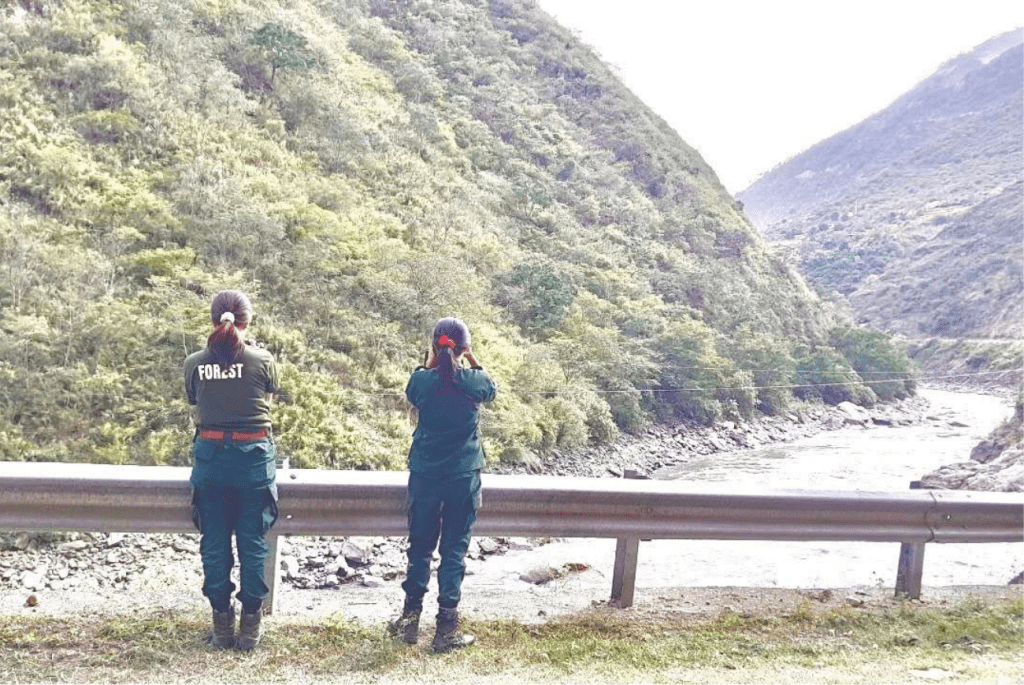“Observed, count, degraded, threats, sunny, normal winter, annual income….” and so on…the data entries are being made. Our surveyors from the Department of Forest and Park Service, RSPN and local communities are undertaking a comprehensive survey to document biodiversity and socio-economic conditions within the White-bellied Heron landscape in eastern Bhutan.
This post monsoon survey of biodiversity will collect the data of White-bellied Heron distribution, Otter distribution and Waterbirds that are found along the river basins in eastern Bhutan. The otter and waterbirds that are often referred as associated species to White-bellied Heron have limited studies conducted in terms of their occurrence and distribution in Bhutan. The survey aimed for two rounds will result in comprehensive mapping of the targeted species distribution in eastern Bhutan.
Similarly, the socio-economic data with integrated documentation of climate change impacts, the vulnerability, livelihood options, socio-economic capitals, and community perceptions for the biodiversity conservation is carrying out within the communities residing along the river basins.
These baseline information collected will be critical for targeted conservation efforts and sustainable livelihood intervention.
The river basins that are being prioritized for survey are Kuri-Gongri, Nye-ramari, Jomori, Kurichhu, Kerongri, Gamri, Kholongchhu, Sherchhu, Drangmechhu and tributaries.
To deepen the survey effort, drones and camera trap are being deployed. In the second round of survey, eDNA sampling will be also conducted.


Copyright © 2025 RSPN All Rights Reserved